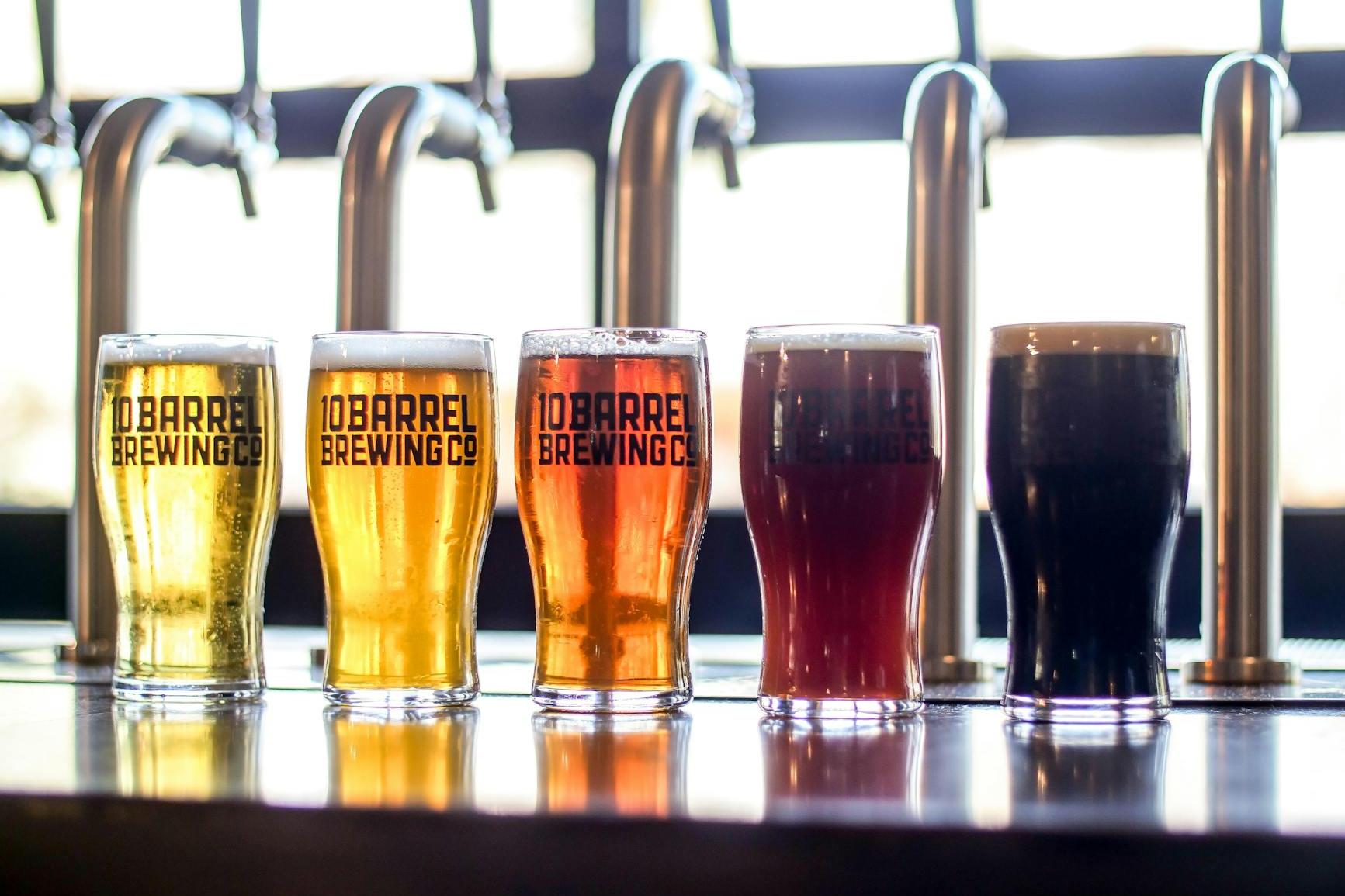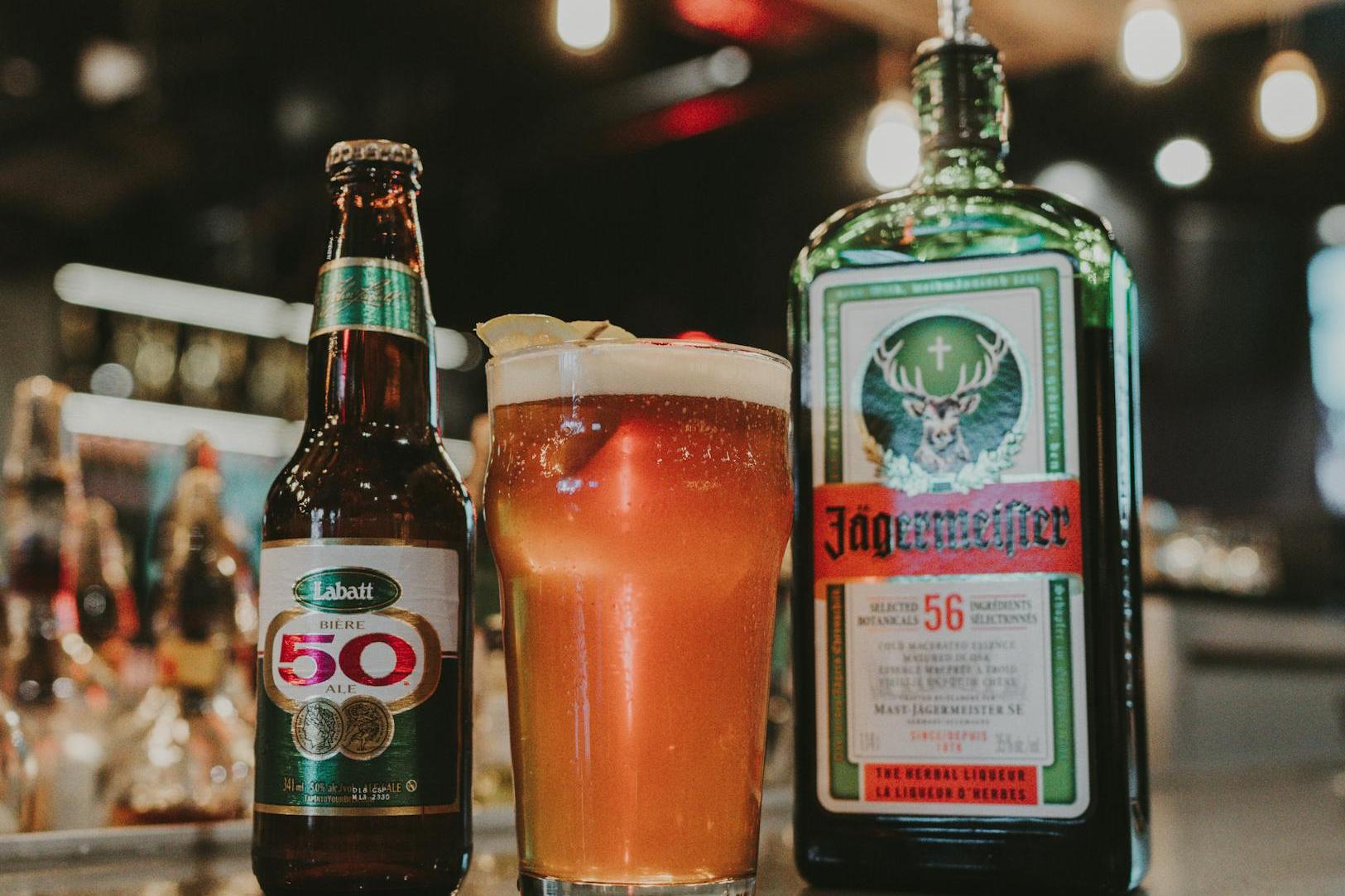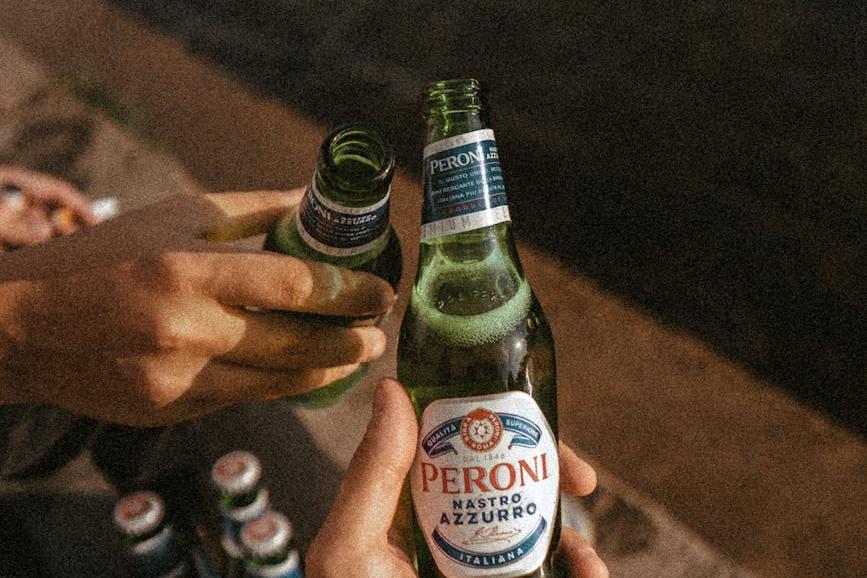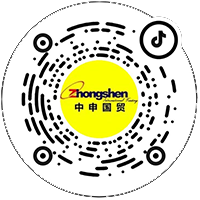- 20 Years of Expertise in Import & Export Solutions
- +86 139 1787 2118
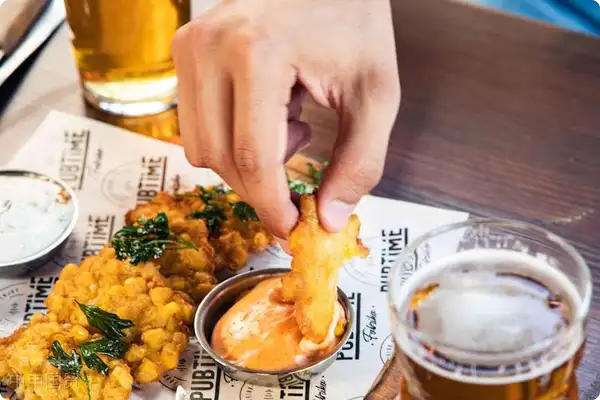
When Craft Beer Meets Romance: The Unique Value of French Beer
Strolling through the open-air taverns on the streets of Paris, the golden liquid refracts a mesmerizing glow in the engraved glass cups. Beneath the dazzling prominence of French wine, the country's beer industry is quietly rising with an annual export growth rate of 12%. Distinct from the industrialized production of German beer, French brewers excel at infusing regional flavors into their craft: lavender from Provence, sea salt from Brittany, and blackcurrants from Burgundy—these elements create the irreplicable taste signatures of French beer.
Complete Breakdown of the Import Process: From the Cellar to the Shelf
To successfully introduce French beer, three key steps must be addressed:
- Product selection positioning
- Pay attention to AOC certified products (Appellation d'Origine Contr?lée).
- Priority selection of 330ml craft beer bottle specification.
- Please note the alcohol content classification (below 4.5% for easier customs clearance).
- Transportation plan
- Large - quantity imports?Ocean shipping?Recommended to be paired with a temperature-controlled container.
- LCL (Less than Container Load) requires confirmation of port cold storage connection.
- ?Air freight?Applicable to high-priced limited-edition products.
- Customs Clearance Practice
Link Time limit Frequently Asked Questions Verification of Health Certificate Production Supervision The fermentation process description does not match. Alcohol Consumption Tax Accounting 1 working day Alcohol content declaration error Chinese label filing 7 Working Days Allergen information missing
Pitfall Avoidance Guide: A Must-Read for Newcomers
The latest 2025 French customs regulations require that all exported beer must be accompanied byBrewing Water Test ReportIn the typical cases we have handled, a batch of Normandy apple cider was detained at the port of Marseille for 28 days due to the failure to indicate the mineral content of the water source. We recommend importers to confirm with the French authorities in advance:
- Production date labeling method (commonly used week number coding in France)
- Organic Certification Conversion Standards (AB Certification ≠ Chinese Organic Certification)
- Fragile Goods Transportation Insurance Coverage
Localization Strategy: Rooting French Flair in Local Soil
Sales data from a premium supermarket in Shanghai shows that products paired with food and beverage pairing guides have seen a 40% increase in turnover rate. We recommend importers:
- ProduceWine Serving Temperature Guide Card(The optimal drinking temperature for most French beers is between 8-12°C.)
- DevelopmentRegional Flavor Comparison Table(Example: Alsace White Beer pairs with Drunken Crab from Jiangnan)
- ProvideThe Story of Wine Labels Handbook(Exploring the Historical Origins of Abbey Beer)
The Key to Long-term Cooperation: Choosing the Right "Guide"
Premium craft beer?Import Agency?It should possess both.Local deep cultivation capabilityandInternational Resource NetworkLast year, while assisting a client in connecting with a century-old Burgundy winery, we discovered that their agent could even provide a video endorsement from the fifth-generation heir of the winery. Such a deep cooperative relationship can significantly reduce supply chain risks. We recommend evaluating potential partners from three dimensions:
- Do you hold the specialized certification for French wine exports (DGCCRF registration)?
- Could you provide a competitive analysis report for the target area?
- Whether to establish a Sino-French dual-time-zone customer service team
Holding a wine glass still beaded with condensation, it feels like touching the ever-changing seasons of France. Choosing a professional import partner is not just about bringing in goods, but also about building a cultural bridge spanning eight thousand kilometers. When consumers raise their glasses and say "à votre santé" (To your health), it becomes the finest accolade for cross-border traders.
Recommended for You
- 進(jìn)口啤酒代理:你的第一桶金藏在哪個海關(guān)編碼里?
- How does the golden liquid of the Mongolian steppes safely reach the Chinese market?
- How to Avoid Pitfalls in Beer Import Agency? Honest Advice from a 20-Year Foreign Trade Veteran
- German Craft Beer Import Guide: Trade Wisdom Hidden in the Scent of Malt
- A Complete Guide to Craft Beer Import Customs Clearance: The Wonderful Journey from Hop to Glass
Category Case
Contact Us
Email: service@sh-zhongshen.com
Recommended for You
Contact via WeChat

? 2025. All Rights Reserved.
